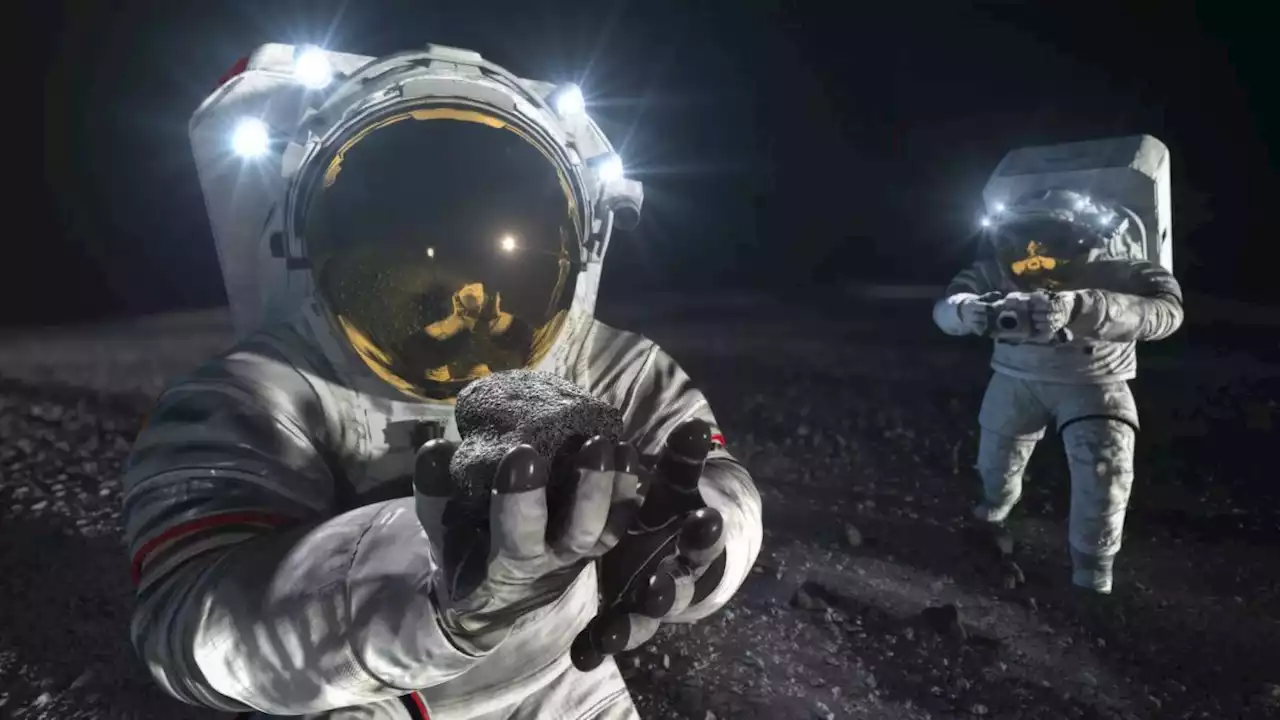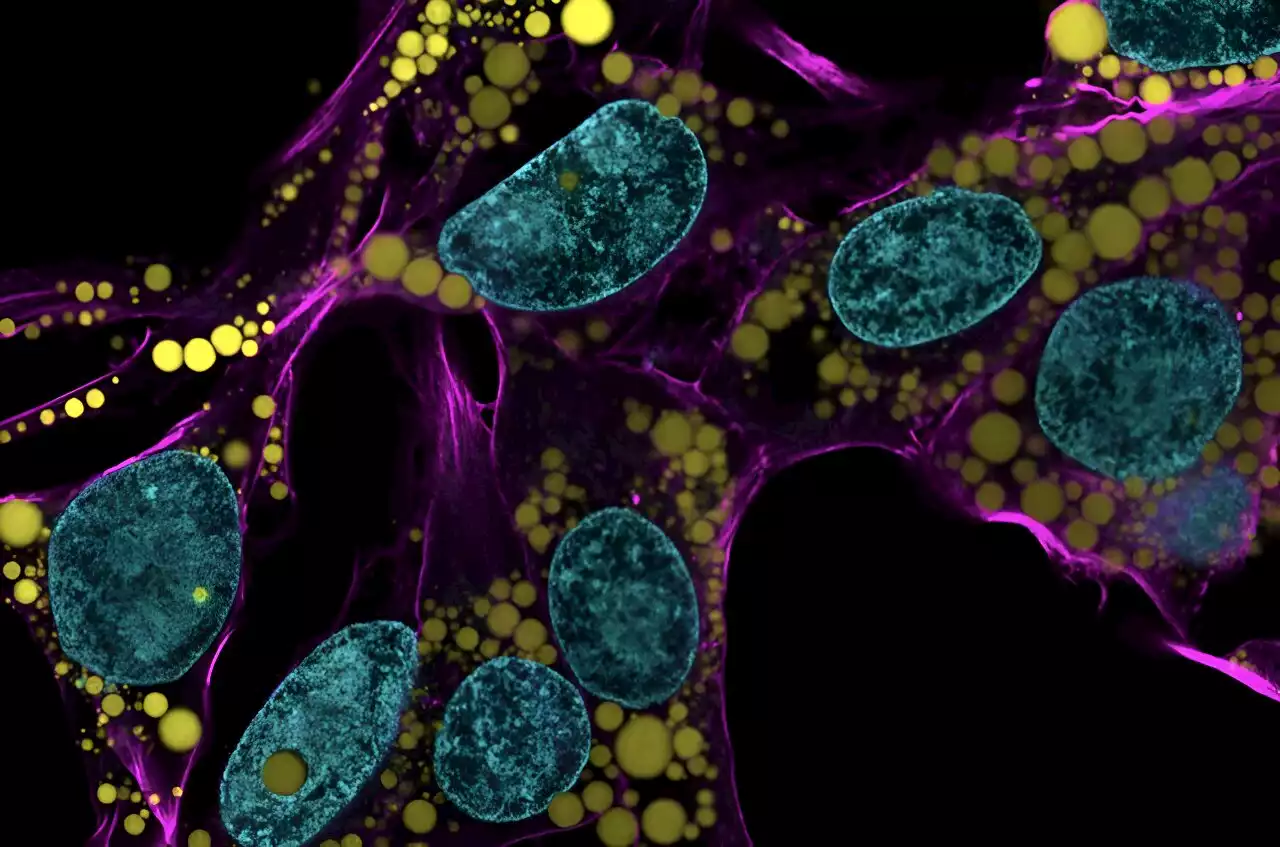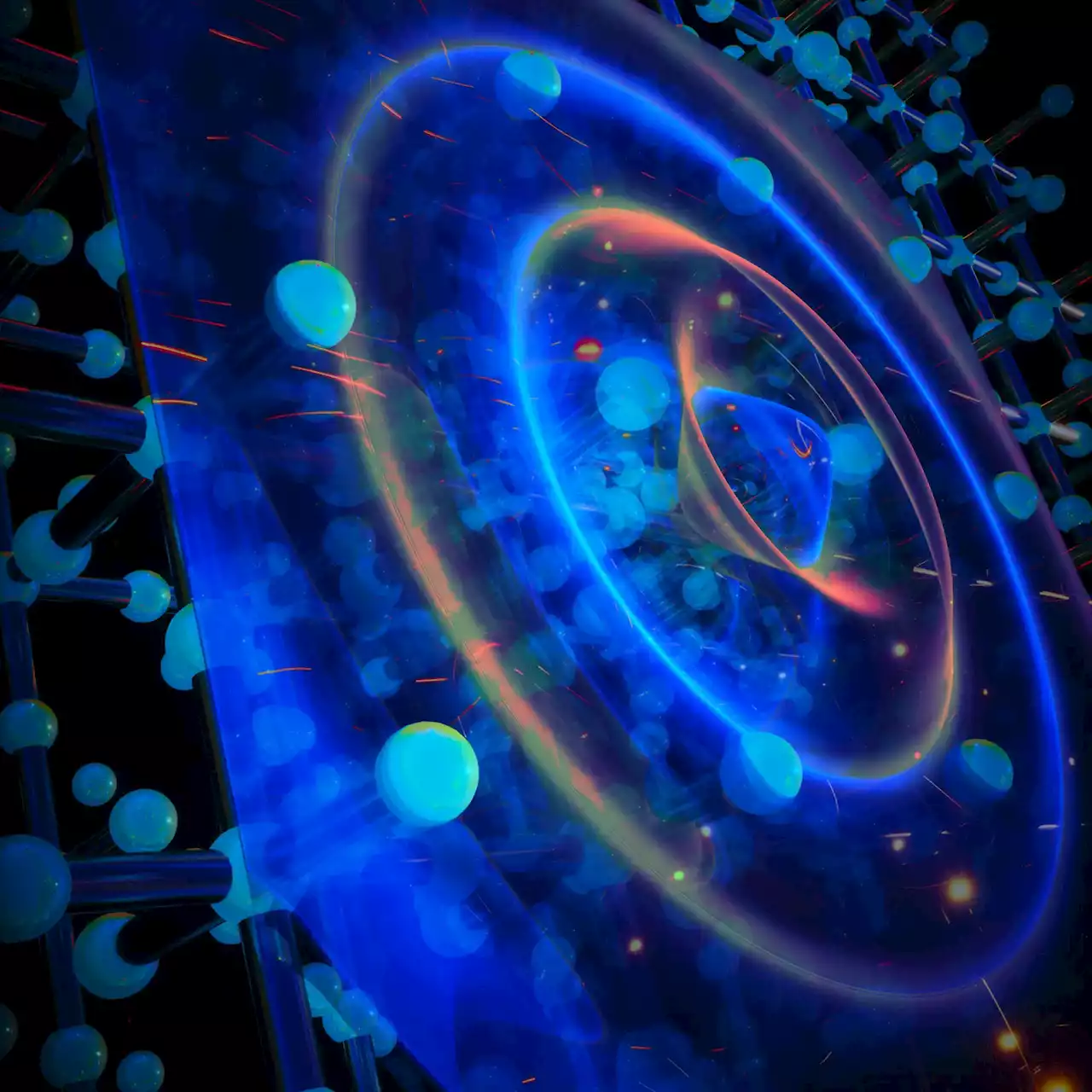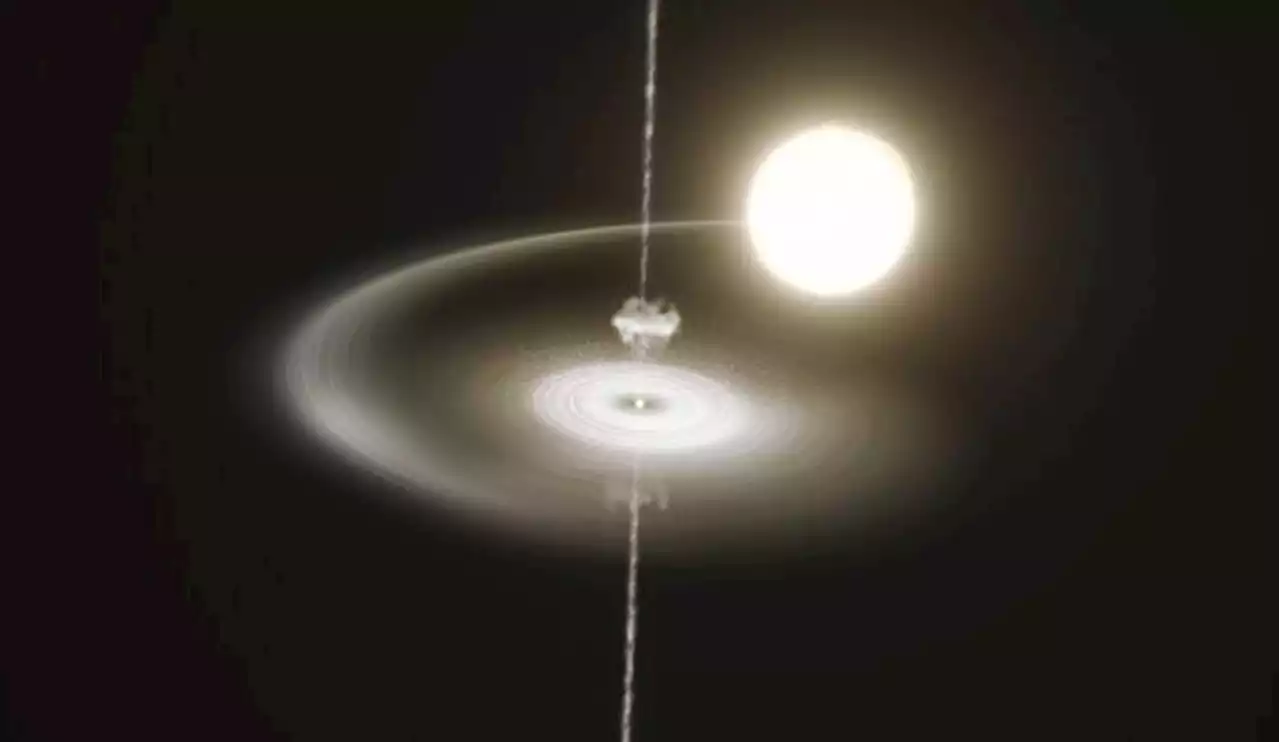Robert Lea is a science journalist in the U.K. whose articles have been published in Physics World, New Scientist, Astronomy Magazine, All About Space, Newsweek and ZME Science. He also writes about science communication for Elsevier and the European Journal of Physics. Rob holds a bachelor of science degree in physics and astronomy from the U.K.’s Open University. Follow him on Twitter @sciencef1rst.
Extreme stars and puzzling pulsars
As a result, the balancing act that has defined the star's existence for billions of years ends — with gravity being the victor. The material that comprises this dead star is so utterly compressed by this collapse that it is considered the densest known matter in the universe. A mere sugar cube-sized chunk of neutron star matter, for instance, would weigh as much as 1 billion tons. That's about 1,000 times the weight of the Golden Gate Bridge.
Additionally, the collapse of stellar cores can push together stars' magnetic field lines, causing them to vastly increase in strength and creating some of the most powerful magnetic fields in the known universe. Over the last ten years, astronomers have witnessed the pulsar pulling material from its companion star. This stolen material forms a structure called an accretion disk around the pulsar itself, from where the clumps are gradually siphoned to its surface.
United States Latest News, United States Headlines
Similar News:You can also read news stories similar to this one that we have collected from other news sources.
 Astronauts' immune systems could be disturbed by microgravity, scientists findRobert Lea is a science journalist in the U.K. whose articles have been published in Physics World, New Scientist, Astronomy Magazine, All About Space, Newsweek and ZME Science. He also writes about science communication for Elsevier and the European Journal of Physics. Rob holds a bachelor of science degree in physics and astronomy from the U.K.’s Open University. Follow him on Twitter sciencef1rst.
Astronauts' immune systems could be disturbed by microgravity, scientists findRobert Lea is a science journalist in the U.K. whose articles have been published in Physics World, New Scientist, Astronomy Magazine, All About Space, Newsweek and ZME Science. He also writes about science communication for Elsevier and the European Journal of Physics. Rob holds a bachelor of science degree in physics and astronomy from the U.K.’s Open University. Follow him on Twitter sciencef1rst.
Read more »
 The physics of fat droplets reveal DNA dangerFat is a normal and necessary part of the body. Fat cells store and release energy, as well as play significant roles in hormonal regulation and immunity.
The physics of fat droplets reveal DNA dangerFat is a normal and necessary part of the body. Fat cells store and release energy, as well as play significant roles in hormonal regulation and immunity.
Read more »
 Demon Hunting: Strange 67-Year-Old Particle Physics Prediction Finally Confirmed67 years after its theoretical prediction by David Pines, the elusive 'demon' particle, a massless and neutral entity in solids, has been detected in strontium ruthenate, underscoring the value of innovative research approaches. In 1956, theoretical physicist David Pines predicted that electrons
Demon Hunting: Strange 67-Year-Old Particle Physics Prediction Finally Confirmed67 years after its theoretical prediction by David Pines, the elusive 'demon' particle, a massless and neutral entity in solids, has been detected in strontium ruthenate, underscoring the value of innovative research approaches. In 1956, theoretical physicist David Pines predicted that electrons
Read more »
 The physics of fat droplets reveal DNA dangerResearchers have looked beyond biochemistry to publish groundbreaking work on the physics of fat droplets found inside many types of cells, revealing them to be a potential threat to a cell's nucleus.They have discovered fat-filled lipid droplets' surprising capability to indent and puncture the nucleus, the organelle which contains and regulates a cell's DNA. The stakes of their findings are high: a ruptured nucleus can lead to elevated DNA damage that is characteristic of many diseases, including cancer.
The physics of fat droplets reveal DNA dangerResearchers have looked beyond biochemistry to publish groundbreaking work on the physics of fat droplets found inside many types of cells, revealing them to be a potential threat to a cell's nucleus.They have discovered fat-filled lipid droplets' surprising capability to indent and puncture the nucleus, the organelle which contains and regulates a cell's DNA. The stakes of their findings are high: a ruptured nucleus can lead to elevated DNA damage that is characteristic of many diseases, including cancer.
Read more »
 8 Walking Dead Characters Rick Grimes Needs To Reunite With Before The Franchise EndsRick must reunite with 8 Walking Dead characters.
8 Walking Dead Characters Rick Grimes Needs To Reunite With Before The Franchise EndsRick must reunite with 8 Walking Dead characters.
Read more »
 Wes Craven Takes a Fresh Look at Zombies in This Forgotten HorrorThis movie wasn't dead, but it was buried.
Wes Craven Takes a Fresh Look at Zombies in This Forgotten HorrorThis movie wasn't dead, but it was buried.
Read more »
